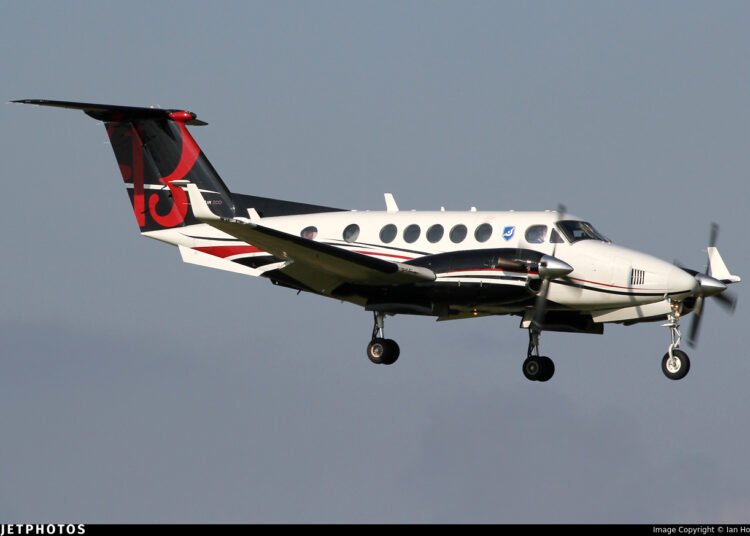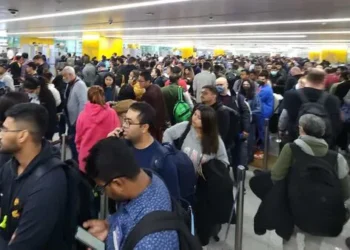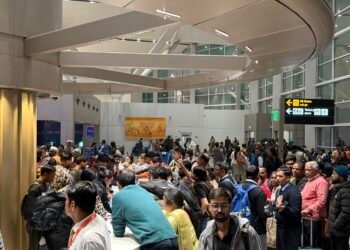Tragic Southend Plane Crash: On 13 July 2025, tragedy struck as a small Beechcraft Super King Air B200, configured for medevac, crashed shortly after takeoff from London Southend Airport in Essex. The fiery impact led to the airport’s immediate closure, halting flights and prompting a full-scale investigation.
Given London’s critical aviation links, even incidents with general aviation planes are taken seriously—and this one has drawn widespread concern.
How the London Plane Crash Occured?
A Zeusch Aviation King Air (registration PH‑ZAZ) took off at around 4 p.m. en route to Lelystad, Netherlands. Mere seconds into flight, the aircraft banked sharply left, inverted, and plummeted nose-first, igniting a “massive fireball,” according to eyewitness accounts.

Southend Airport halted all departures and arrivals indefinitely, cordoning off the runway area. Essex Police, fire crews, and Air Ambulance teams rushed to the site. Nearby facilities, including Rochford Hundred Golf Club and Westcliff Rugby Club, were evacuated as a precaution. Officials urged the public to avoid the area while emergency operations were underway.
“We are still present at the location of serious incident at Southend Airport. We received an alert just before 4pm regarding reports of an accident involving a 12-metre aircraft. We are currently coordinating with all emergency services at the location, and this effort will continue for several hours. We kindly request that the public avoid this area where possible during the ongoing work,” Essex Police stated on Southend plane crash.
ALSO READ: AI171 Report Finds No Tech Faults, Air India CEO Confirms
Investigation in London Plane Crash
Essex Police declared the London Plane Crash a serious incident and have partnered with the UK’s Air Accidents Investigation Branch (AAIB). Investigators are examining on-site debris, black boxes, radar, and CCTV footage.
Early witness descriptions—such as the plane banking hard before plummet—will be scrutinized to identify possible mechanical or pilot-related issues. The inquiry in the tragic Southend plane crash is ongoing.
Transport Secretary Heidi Alexander mentioned that she is getting “regular updates” regarding the situation and expressed her condolences.
Safety and Regulatory Context
General aviation incidents are rarer than commercial flights, but when they occur near urban centers, the regulatory stakes are high. UK oversight by the Civil Aviation Authority (CAA) and Light Aircraft Association (LAA) covers maintenance schedules, pilot training, and operations.

Medevac flights must adhere to stringent standards. Past small-plane incidents prompted regulatory enhancements, including stricter emergency-response planning.
ALSO READ: How has Wimbledon Champion Jannik Sinner redefined Modern Tennis?
Aviation specialists emphasize that small-plane crashes often result from a combination of factors—pilot error, system failure, or adverse weather. The AAIB’s final report may take months, but immediate preventative steps include reviewing maintenance records and cockpit voice insights.
Conclusion
While tragedies like this raise concerns, they also reinforce the aviation industry’s dedication to safety oversight, especially for smaller aircraft. With a thorough investigation underway, regulators and operators will work to prevent a recurrence. For London’s air travelers, it’s a powerful reminder: even rare, remote incidents get serious scrutiny.












